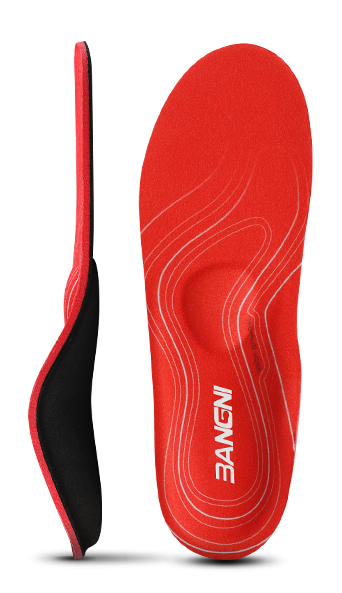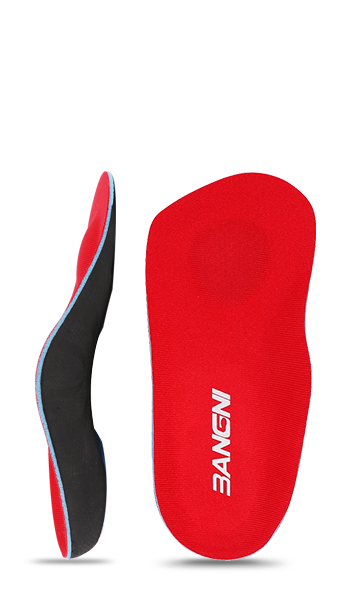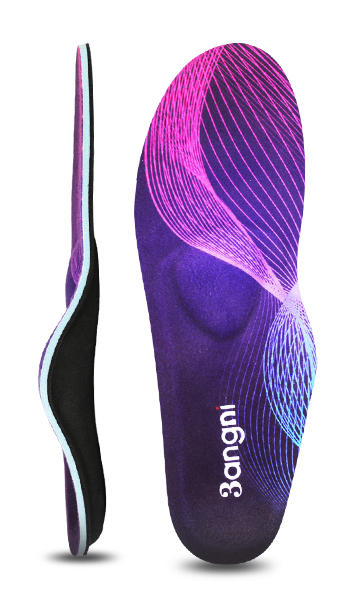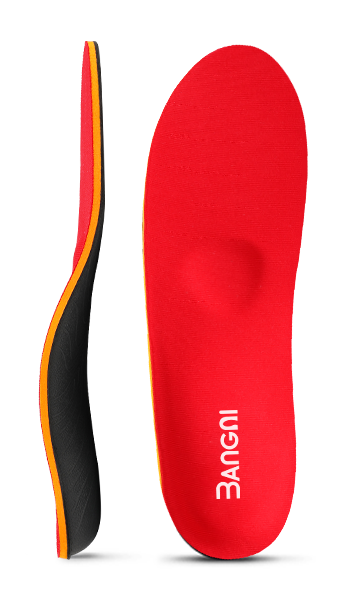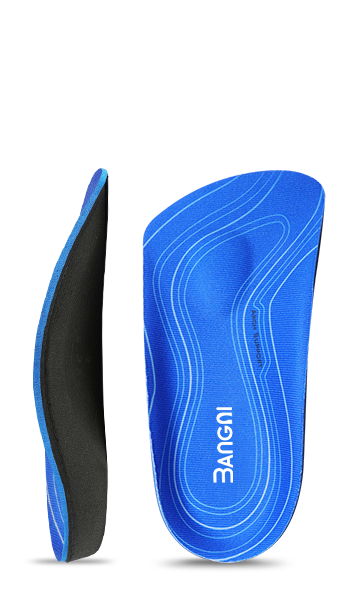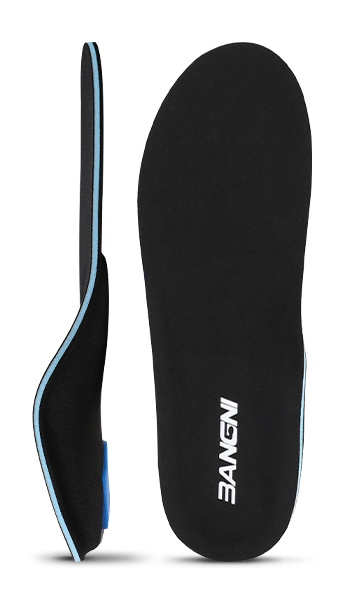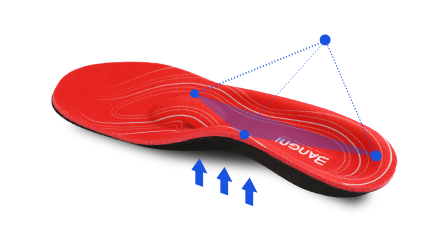What Causes Bunions
What Causes Bunions?
First, let’s talk about what bunions are and are not. Bunions are a deformity of the joint at the base of the big toe. It is not a callus on the toe, but it is the result of the big toe turning in toward the other toes. Because the top of the toe turns in, the base of the toe protrudes and can rub against shoes, which are not made with extra space to accommodate the protrusion. After some time, the body will develop a fluid-filled sac or bursa around the joint and this can become very painful.

Why Do Bunions Form?
There are a lot of factors that go into why bunions form including heredity and the amount of time you spend on your feet in a day. Many people think that bunions are the result of ill-fitting shoes, and while they are a factor when coupled with susceptible feet, they are not the main cause. Bunions form because of the shape and structure of your foot and those with flat feet and low arches are more likely to suffer from bunions. If the structure of your feet puts you at risk and you also wear shoes that are too narrow, stand for long periods of time on hard surfaces, or wear high heels, you are setting yourself up for bunions.
Treatment
The good news is that bunions do not require surgery. The first and easiest step is to make sure you switch to shoes that give your feet enough room. Warm foot soaks and ice packs on the painful areas can provide some short-term relief. Shoe insoles that can help distribute the pressure of your foot can be helpful as well. Of course, if you are able, you should visit a foot and ankle doctor. They may be able to help with pain management with oral medication or a cortisone shot. They can also assess the severity of your bunions as well as their effect on your other toes. Because bunions turn in your large toes, they can create an environment that promotes other issues like hammertoe. Treating bunions early and paying attention to the fit of your shoes can help prevent this cascade of foot problems and keep your feet feeling great.


